Pancreatic Cancer: 10 Symptoms and What to Eat to Reduce Them
Tuesday May 1, 2018 by Marianne Gutierrez 2,197 words
1. Jaundice
Jaundice in pancreatic cancer is often painless, and can develop quickly, but can take several weeks to disappear once the obstruction is removed. Obstructive jaundice in pancreatic cancer is a condition caused by the tumour blocking the bile duct. Jaundice can be seen when the whites of the eyes and the skin has a yellow hue, due to an accumulation of a liquid called Bilirubin. Bilirubin breaks down heme iron in red blood cells which is excreted in the bile and urine. When bilirubin cannot reach the bile duct, it remains in the blood causing the yellow appearance.
30% of patients will have yellowing of the skin and whites of the eyes, jaundice, when they first go to the doctors. This is related to the tumour blocking the bile duct which leads to a build-up of bile in the liver. Jaundice may be more obvious in the whites of the eyes and bad jaundice can cause itching of the skin.
Nutrients to Help
The foods to eat are foods from the Hunter-Gatherer diet based on 65% animal foods with more animal fats than protein (not low protein but enough protein) and 35% fermented grains. The foods to avoid are all grains that have not been fermented.
As recent as 1842, Stanislas Tanchou, a physician and one of Napoleon’s surgeons lectured on the fact of grains causing cancer and he predicted which city would have the higher incidence of cancer based on the amount of grains they ate; and he was proved to be correct.
Tanchou’s numbers were all recorded and in time they came exactly true—a certain cancer percentage for Berlin, a certain percentage for Munich, and so on. The cancer incidence all depended on the amount of cereal grains in the diet. This set off a huge furor around the world since the great mission of the age was to civilize every inch of the globe. Here was somebody in a center of civilization who declared that these people who don’t eat grains, who have the more indigenous hunter-gatherer diet, never get cancer.
Casa nayafana / shutterstock.com
2. Dark Urine
The kidneys filter the blood by removing wastes and excess water. When bilirubin builds up in the blood because the bile duct is blocked, the kidneys filter this which causes the urine to look dark or brown. It is something that shouldn’t be ignored, and you should see your Medical Practitioner immediately.
Nutrition
Consuming the nutrients that maintain the gallbladder, bile duct and bile acids may help. These are fat related nutrients: essential fatty acids found in omega 3 fish oils and evening primrose oil, lecithin found in sunflower seeds and egg yolks, choline found in eggs and liver, methionine found in milk, red meat and eggs, and vitamin A found in liver.
A healthy liver produces over a quart of bile daily, which is supposed to be a thin, slippery, yellowish alkaline enzyme complex that breaks down fats for absorption in the small intestine. However, a variety of conditions can set the stage for bile to change into a thicker, stickier, creamier and more acidic fluid. Further metabolic problems (often related to stress and resultant low stomach acid production) and nutritional deficiencies (including deficiencies of vitamin A, lecithin, choline, methionine and essential fatty acids) can cause the bile ducts to contract poorly so that the bile is retained too long in the liver and gallbladder.
There have been some studies where methionine restriction has been shown to be beneficial in killing cancer cells. Therefore, pancreatic cancer patients may need to reduce or even avoid high producing methionine foods such as chicken and fish. Milk, eggs and red meat are low producing methionine foods.
In this review we describe studies that show restricting methionine to certain cancers by diet or by enzyme depletion, alone or in combination with certain chemotherapeutics is a promising antitumor strategy.”
Chamaiporn Naprom / shutterstock.com
3. Light-Colored or Greasy Stools
Bilirubin is produced by a reaction that occurs in the cells of the immune system, liver, spleen and marrow. Bile acids digest fats and contain water, electrolytes, bile acids, cholesterol, phospholipids and bilirubin, which all flow through the biliary tract into the small intestine.
It is the bilirubin that provides the color of stools and to a lesser extent the color of urine. Bilirubin has also been found to have antioxidant functions but it is mainly involved when the heme in phagocytic cells is converted through a series of processes into free bilirubin. Bacteria in the small intestine breaks bilirubin into other compounds and eliminates it in feces or, after reabsorption, in urine.
The lack of color in stools means that bilirubin has remained in the blood and gives the skin and whites of the eyes the yellow appearance of jaundice.
The greasy look of stools is due to the lack of pancreatic enzymes that help digest fatty foods. When this happens the stools can look greasy.
Pancreatic enzymes are responsible for digesting fatty foods. If a tumor blocks the pancreatic duct, insufficient pancreatic juices in the intestines can lead to poor absorption and diarrhea, as the undigested food passes quickly through the digestive tract. If this happens, stool may float due to the higher fat content, appear bulky, greasy, and unusually pale.
Fruits and Vegetables
Eat foods that help with the passage of bilirubin. These are sodium and chloride from rock salt, potassium, magnesium and copper also found in fruit and vegetables, as well as eggs, animal fats and water. Eat bone broths for their animal protein and mineral content that is easily absorbed, and good quality water to reduce dehydration. Copper is not as rich in the soil as it should be and the best form is wearing a pure copper bracelet (unmagnetized). A program of stretches is also advised to realign where misalignments may also be constricting the gall bladder.
Ben Schonewille / shutterstock.com
4. Itchy Skin
The Lymphatic system is a system of fine capillaries that carries water, white blood cells and toxins to the lymph nodes and glands. The toxins are attacked and killed and carried off to the kidneys for excretion. Bilirubin builds up in the blood and the lymphatic capillaries when it is not being taken to the bile duct for excretion, and this can cause itchy skin in those with pancreatic cancer.
Alkaline Foods
The pancreas creates pancreatic juices containing enzymes that are essential for digestion and the break down of foods. Due to the high concentration of bicarbonates the enzyme liquid is alkaline. To support this action alkaline foods should be consumed. These are: vegetables, fruits and some nuts. Cashews, chestnuts, almonds and macadamia nuts are alkaline forming. Most legumes are acid-forming except green beans, lima beans and peas.
Voyagerix / shutterstock.com
5. Belly or Back Pain
On its own, pain in the abdomen or lower back isn’t necessarily caused by pancreatic cancer. The pain is generally caused by tight muscles and misalignments. However, if there is a tumor present in the pancreas, it may press on a nerve cells of the surrounding tissues, which leads to pain.
Foods That May Help
While the cause of pain may be the tumor, helping to keep the muscles in the back more flexible may help to reduce the tension in the area. Minerals such as magnesium and calcium help the nerves and muscles to be more flexible. Mineral rich foods are: mineral rich water, green leafy vegetables and milk products. Other foods that are rich in B vitamins may also help, these are: fermented grains including rice and fruits like bananas.
Dmitri Ma / shutterstock.com
6. Weight Loss and Poor Appetite
When the body is fighting disease, the appetite is affected and reduced due to the body attempting to save the energy used in digestion to fight off the disease. When the body is fighting an infection, the individual is tired and has no energy to eat, however a new study is also suggesting that a bacteria is manipulating the appetite. The study may provide useful insights to help encourage eating in cancer patients.
That result suggests that Salmonella bacteria use SlrP to manipulate the mice’s appetite. When the rodents come down with a Salmonella infection, the researchers found, the vagus nerve, which connects the brain to the gut, dispatches signals to the hypothalamus that spur the animals to cut back on eating. But SlrP blocks these signals.
Naturally a lack of appetite would cause weight loss which further reduces the body’s fighting mechanisms. Therefore, it is important to find nutrient dense foods one can eat.
Easily Digested Foods
Eat easily digested foods that boost the immune system and provide nutrients to feed the gut flora, such as bone broths. They provide everything the body needs and are easily digested. Milk, eggs, and fish are also highly nutritious and easily digested.
Easily digested foods use less energy and provide more nutrients. It is imperative when disease is present that foods are peeled and cooked so they don’t overly tax the digestion process.
Photographe.eu / shutterstock.com
7. Nausea and Vomiting
If the pancreatic tumors are pressing on part of the stomach (the pancreas is located near the stomach), the tumors cause restrictions and the food cannot easily pass from the stomach to the small intestine for absorption. This pressure can cause nausea and vomiting which can be worse after eating.
Cod Liver Oil
Vitamin D has been found to be helpful to reduce some cancers and is found in cod liver oil. Cod liver oil can be rubbed into the skin to obtain the nutrients if the nausea makes the supplement impossible to swallow. Other oils that may help reduce the size of tumors are black seed oil and castor oil. Turmeric is also helpful. Reducing the size of the tumor may lessen the symptoms of nausea.
Reduced breast cancer risks were associated with increasing sun exposure and cod liver oil use from ages ten to nineteen. We found strong evidence to support the hypothesis that vitamin D could help prevent breast cancer. However, our results suggest that exposure earlier in life, particularly during breast development, maybe most relevant.
Kleber Cordeiro / shutterstock.com
8. Gallbladder or Liver Enlargement
Tumors can block the ducts in the gallbladder making it swell from the buildup of bile. If the pancreatic cells have spread to the liver, they may also cause it to be larger.
Anti-Inflammatory Food
Consume foods that reduce inflammation and the fluid that surrounds the cancer cells. Omega 3 fish oils, turmeric and black pepper capsules reduce inflammation, as do magnesium and chloride. You can even use a magnesium chloride spray on the body to provide the daily requirements of this valuable mineral. The inflammatory foods to avoid are foods rich in sodium and refined flours.
DUSAN ZIDAR / shutterstock.com
9. Blood Clots
One of the first symptoms of this devastating disease can be a blood clots in the lower leg, also called Deep Vein Thrombosis (DVT). The symptoms are swelling and redness, as well as heat and pain in the area. Cancer of any type can make blood clot more easily.
Natural Methods
Omega 3 from fish, plant oils and eggs can help thin the blood and reduce the instances of blood clots forming. Include more eggs and fish in the diet and use olive oils, coconut oils and butters for cooking. Apply magnesium oil on the area and reduce inactivity by taking gentle walks and using a series of stretches to stop a clot forming.
metamorworks / shutterstock.com
10. Fatty Lumps Under the Skin
Those with pancreatic cancer develop an uneven texture of fat underneath the skin. The pancreas releases enzymes in this case, lipase to digest fats. When the pancreas and the liver are not performing optimally, fat metabolism is impaired which impacts every area of the body. Fat is essential for every part of the body: for energy, for hormones, for nerve coverings, and for the brain. Lipase is important to maintain optimal cell membrane permeability; allowing adequate nutrient supply into the cells and for wastes to flow out.
When wastes do not flow out of the cell, fats and other substances accumulate and can be seen as fatty lumps under the skin. What helps wastes to leave the cell is magnesium. A common cause of poor absorption of the mineral magnesium from food is gluten that reduces the absorption faculties of the gut by shrinking the vili. Other causes are smoking, consumption of fizzy drinks and farming methods that reduce magnesium in the soil so that it is lacking in the food we eat.
Pancreatic enzyme replacement therapy involves taking the digestive enzymes you need in the form of a tablet (capsule). All enzyme supplements contain Pancreatin - a mixture of pancreatic enzymes, lipase, amylase and protease. These assist in the digestion of fat, carbohydrate and proteins.
Supplementing with the enzyme Lipase will help your body process the fat. Using a magnesium oil on the body will help disperse fatty lumps.
qsota / qsota.com

16 Warning Signs of Lupus to Watch Out For
1. Unexplained Fever Lupus can affect everyone differently and some may have …
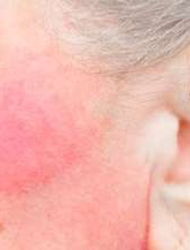
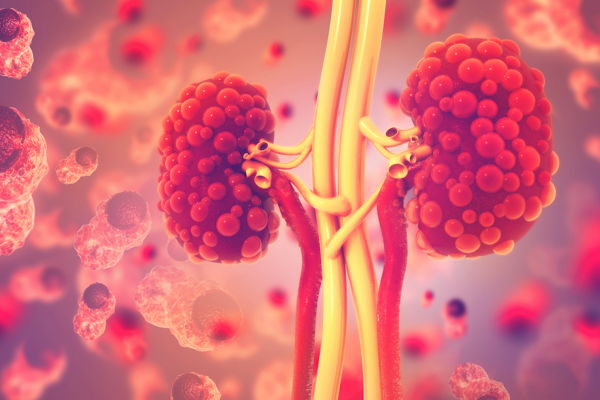
21 Features of Kidney Disease
1. Dizziness Kidney Disease is when the kidneys are not filtering blood …

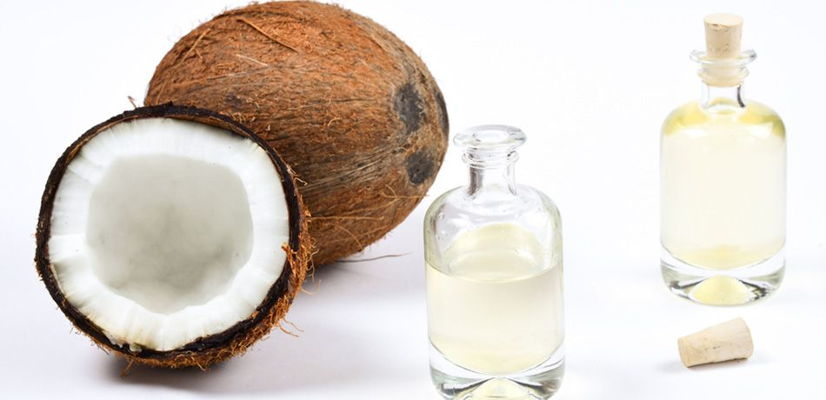
Top 10 Foods to Nourish Your Thyroid
Did you know that the food you eat can affect your thyroid health? Some foods …

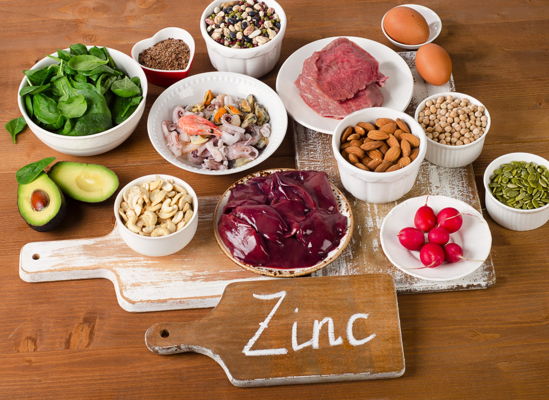
12 Facts About Your Borderline Personality …
1. It's Finally Classified As a Mental Illness Borderline Personality Disorder, …


12 Common Factors That Trigger Rosacea …
1. Makeup Some products used on the face and body or in the mouth ie: make-up, …

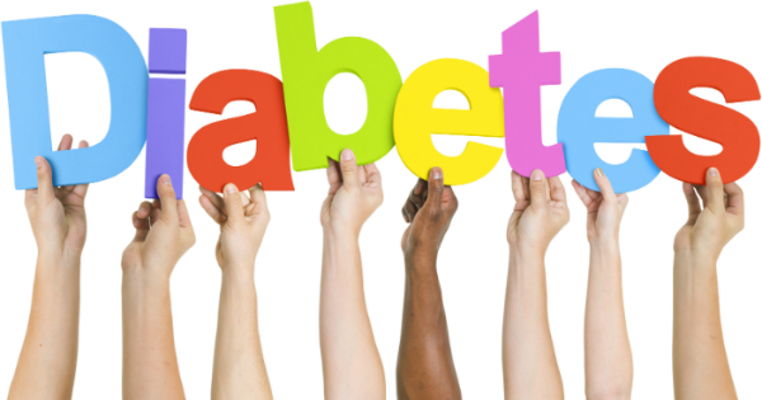
22 Common Symptoms of Type II Diabetes
1. Mood Changes Mood change is sometimes one of the first symptoms to suggest …
